
|

|
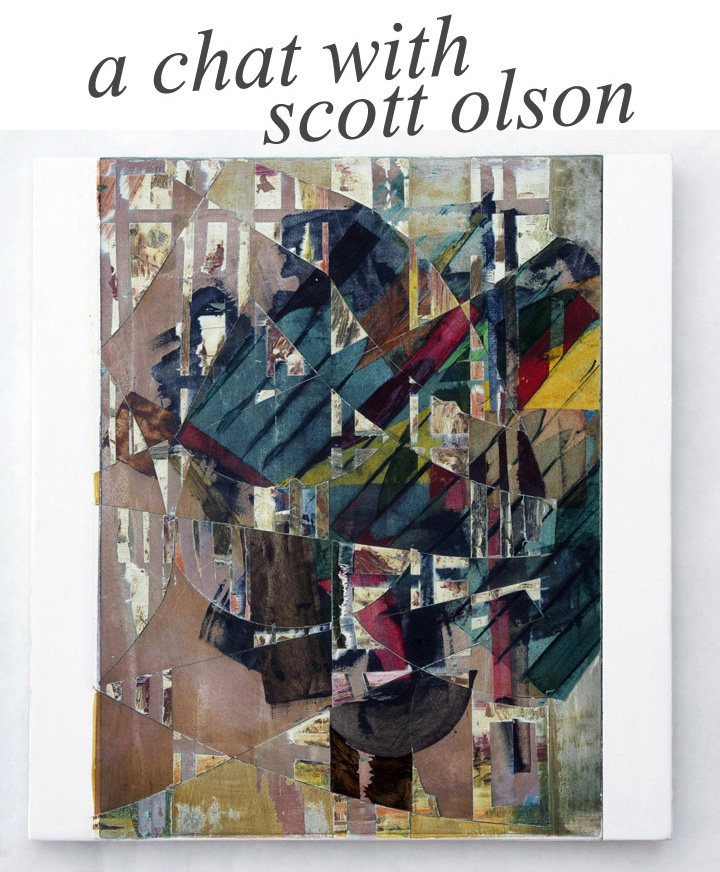
|
| Scott Olson Untitled, 2010 Oil, wax and chalk ground on mdf, 16 x 15 inches |
SCOTT OLSONTAXTER AND SPENGEMANN GALLERY 123 E 12TH STREET, NEW YORK,
NY ON VIEW UNTIL JUNE 19, 2010
JOHNNY MISHEFF: Where were you born, where are you now and how is your work affected by your surroundings?
SCOTT OLSON: I'm from upstate New York.
I grew up surrounded by cows and lakes. My wife and I moved to Ohio after she got a job teaching painting at Kent State.
I've
since reconnected with my small town roots and embraced the idiosyncrasies of Northeastern Ohio which suits my temperament.
As an introverted painter, you can't beat large expanses of space and time.
However, I began my current practice
of painting while living in Brooklyn for 5 years beginning in 2001.
I worked at a gallery setting up shows
and fell in love with the physical aspects of painting (even if I had no interest in the work itself).
My first
paintings were a reaction to all that was happening around me then: massive scale, artifice, reproduction.
I
worked in opposition to all of these things but I saw that opposition as a productive, positive force.
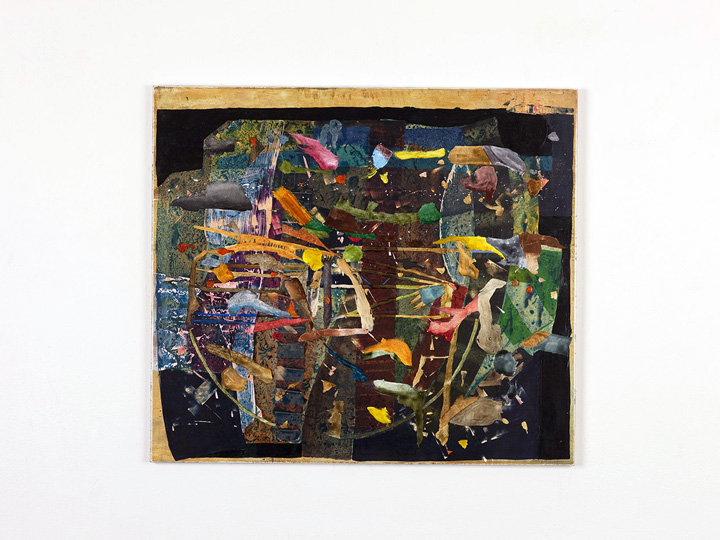
|
| Scott Olson Untitled, 2010 Oil and chalk ground on mdf, 16 x 18 inches |
JM: I feel like you're one of those artists that was a very creative kid who refused to "grow up" and stop being
creative. Does this make sense?
OS: Yeah, I think there is something that goes way back. Although I have always found a use for drawing,
I pretty much resisted any tenancies to paint for the majority of the time I spent trying to figure out what kind of art I
wanted to make. That process started early on. When I was in school I saw painting as too specific and limited.
There was this huge wave of digital stuff going on. I wanted to be a video artist or relational aestetician setting
up an experimental radio station in Serbia or something like that. Then, I lived in Japan for two years prior to New
York and obsessively recorded the sounds in the markets. I'm not sure why. I guess I was attracted to the chaotic
structure of things, everyday business, as it was reflected through sound. The Japan experience was very influential
on what I do now, although, at the time, I was completely lost as an artist. I gained a sensibility about balance and a particular
feeling for how things are put together. Everything there is so thoroughly considered and intentional. There isn't
much space to spare so things have a real intensity about them. It's kind of like the opposition thing: subtle
objects and constructions in everyday life were brought to my attention because of the harsh ultra-modern backdrop of the
cities. I collected a lot of nice wood carving tools.
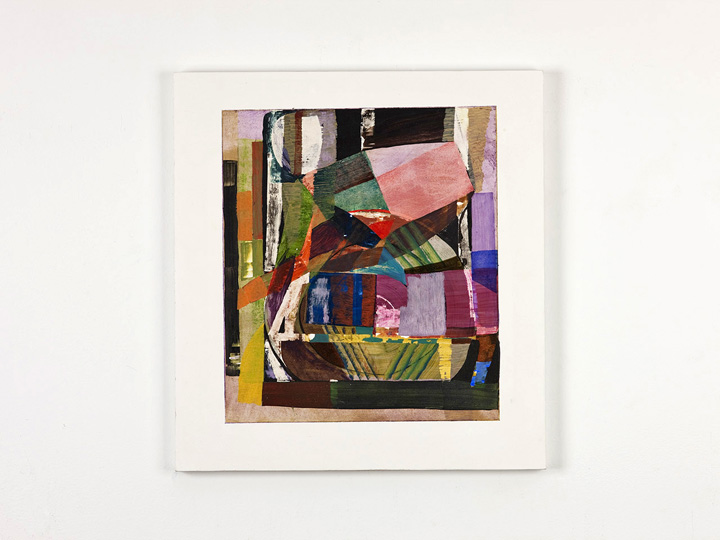
|
| Scott Olson Untitled, 2010 Oil, wax and chalk ground on wood, 16 1/4 x 15 inches |
JM: Can
you speak to the topic of titling your work "Untitled"? I feel like you have a reason for this that is not typical. OS: The “Untitled” title is a complicated thing, I realize. I see
it as a convention, like say, Ryman naming his after UPC codes from household paint he uses. It’s not a very satisfying
solution but it is as neutral, or language neutral, as I can get. It is a classic artist’s problem of interpretation:
“look at this, what do you see, what does it mean??” I want to avoid that kind of extra information and,
as cliché as it sounds, let the images speak for themselves. I’m also very much interested in poetry but do not
feel like the title of a painting is an interesting space to investigate poetry and lyric. I’m also very interested
in the importance of semiology to artists, especially painters and feel like there are avenues to explore in image as language
and the reading of a painting. The untitled strategy also calls attention to the materials that I use. The marble
dust ground is a base coat that I make myself by heating rabbit skin glue and mixing it with marble dust to produce a dry,
plaster like surface on which I paint. It can be burnished and buffed to an almost shine, like a piano key. The
date, the size, the specificity of materials, all become the title of a work when thought about this way. JM: Can you elaborate on your decision to paint on
surfaces other than canvas? OS:
As I mentioned above, the surface is really important. I use two different types of surfaces: linen stretched
over stretcher bars and sized with glue and wood, coated in the gesso I describe above. The linen itself is a color
that gets worked into the final composition. It is absorptive and and I work with staining as an automatic mark making strategy.
The rigid panels are essential in supporting the marble dust ground since it is very fragile and can crack on a pliable
surface. In it’s blank state it is like a slab of marble or plaster and has a very different relationship with
painting’s history (the fresco). Historically, the marble dust ground was developed as a suitable surface for
silver point drawing, a very precise drawing done with a fine piece of silver that, after tarnishing, becomes a beautiful
silver, grey brown. So, all of this gets wrapped up in the decision to use the ground. Functionally, I use
this kind of surface because it allows me to work in specific ways. For instance, I am able to scrape through individual
layers of paint (as a kind of reverse collage). Additionally, I can sand, burnish, chisel and saw panels in half. Each
panel takes many many hours to make and so there there is always an interesting calculation of risk when staring on a new
painting. There is something in that moment that makes the whole process work (or not). It goes back to labor
and investment and the intensity of the blank painting support. Creating these laborious and unique surfaces adds a
conceptual element to the process of working and to the materials; like setting up a highly specific condition that will ultimately
effect the outcome of the work.
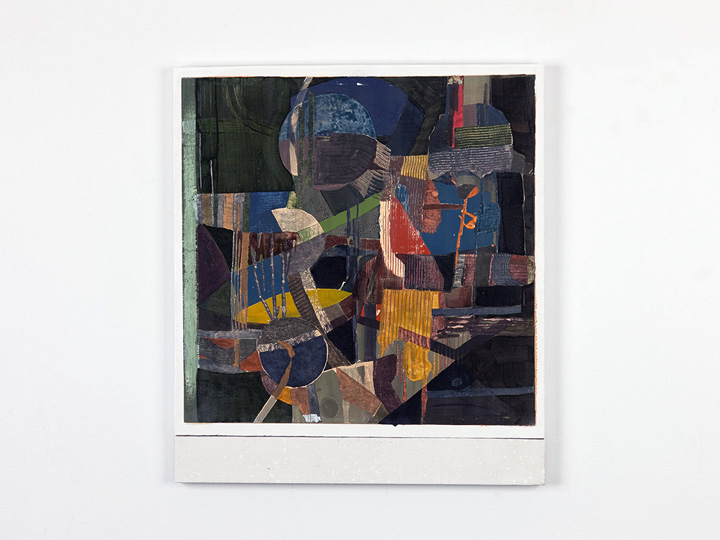
|
| Scott Olson Untitled, 2010 Oil, wax and chalk ground on mdf and wood, 17 x 15 inches |
JM: Let's talk inspiration. Which artists/film makers/musicians/whatever
drives you the wildest? What inspires your work the most? A person, place or a thing?
OS: Oh, man- that's a tough question. The idea
of inspiration in my work is complicated because it looks so much like there is a specific influence. The truth is that
they come from a very empty mind. This explanation gets psychological pretty quickly. I do filter in things that
I've looked at over many years but I can't stress how indirect that process is. A lot of art that I love has a very
loose connection to what I do. Often what interests me the most is very dissimilar to my own work. I am definitely
a student of painting's history. The more I learn about painting in the past, the more it seems like an artform to avoid!
So, one intention is to go right for the complicated problems and touch on them in a very contemporary environment: scale,
color, material, context. I went to grad school at Ohio State. It is an absolute secret but they have one of the
best painting programs in the country. No one knows about it because they do not advertise how brilliant it is.
The Wexner Center is right there and is constantly putting on amazing shows. Over the past 10 or so years, two have
really stood out: As Painting and Part Object/ Part Sculpture. These were curated by people at the university and so
there is a wealth of research and direct access to some pretty amazing subjects. As Painting brought a ton of obscure
french painters (mostly active in the 60s) to America for the first time. I fell in love with the work. People
like Daniel Buren, Martin Barre, Simon Hantai... These guys were completely breaking apart painting in that the front,
back and sides were all subject to questioning; lots of folding, cutting, knotting, reconfiguring. Fortunately they
were highly into language, semiotics, etc and there is a wealth of writing and theoretical tracts to dig into. I had
a real academic education there as well as plenty of time to develop a way of painting that allowed these things to seep in.
And
then there is music! I studied music and sound in college. And in grad school I took some sound engineering classes
with a keyboardist who worked on a bunch of Yes albums in the 80s and 90s (that was amazing!). I'm a huge fan of minimalism
in music and the things that were happening in the 60s in tandem with minimal sculpture and painting. I love musicians
like Tony Conrad, Lamont Young, Charlemagne Palestine- droning endless music that totally consumes you. Also, Japanese stuff
like Taj Mahal Travelers. Mostly when I paint, I listen to smooth, fusiony jazz, repetitive music, ethnic music, sad
pop music. I like to keep it varied. No talk radio...
Oh yeah, film and photography. I guess they
are sort of the arch nemesis (nemesi?) of what I do. I love them though and have also studied a ton of experimental
film and video. I really love French New Wave films, Tarkovsky, Ozu... Film is tough for me the way reading fiction is.
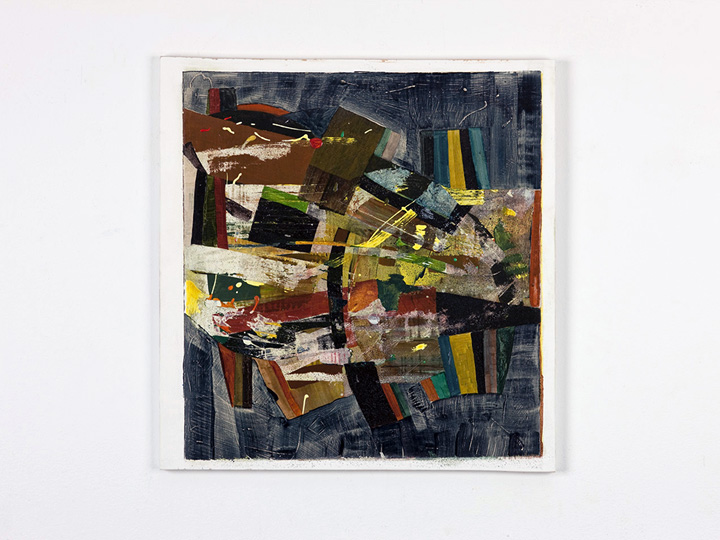
|
| Scott Olson Untitled, 2010 Oil and chalk ground on wood, 14 1/2 x 14 inches |
JM:
Are you political?
SO: I definitely become political, or politically aware since living in Ohio.
It's hard to ignore the split between people here. If it were only hard-core conservative, I would probably be too mad
to care but there is a palpable tension between people with vastly different views. Fortunately, most people are also
very friendly and it makes for actual conversations to happen. It has made me aware of how much living in a place like
New York City is like living in a bubble.
JM: Are you spiritual?
SO:
Deeply. I just don't know what to call it...
JM:
Are you a family man? What is your current situation?
SO: I am. My wife, Gianna
is a painter to. We have both found the advantages of living in the middle of the country. Things are a lot less
stressful and we work like crazy. We have been lucky to get out of town a lot and spent the last winter in Paris.
The academic schedule is great: teach for a few semesters and get a sabbatical. In the summer, we live and paint
in a turn of the century rural schoolhouse in far northeastern Maine. Its desolate and beautiful up there, no distractions,
no cell phones, no email...
JM: How frequently
do you find yourself getting all existential?
OS: I think every time I paint I get into some kind of deeply
thoughtful mode. It's actually quite peaceful but hard to achieve. There is definitely existential anxiety about
why I am painting these strange pictures, what they are good for and what to do next! I also have a deep connection
with the act of building something, taking care to craft an object in a specific way that goes back through my family lines.
In that, I feel a real sense that I am headed in the right direction and doing something quite useful like protecting
a dying language.
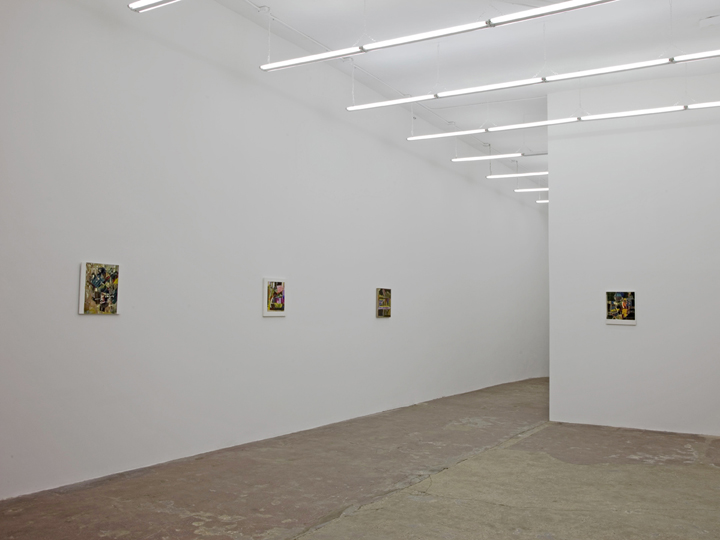
|
| Installation View at Taxter and Spengemann Gallery |
|

|

|

